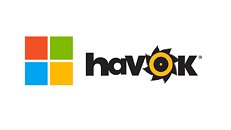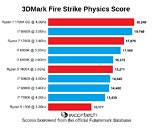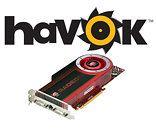Quantum Machines OPX+ Platform Enabled Breaking of Entanglement Qubit Bottleneck, via Multiplexing
Quantum networks—where entanglement is distributed across distant nodes—promise to revolutionize quantum computing, communication, and sensing. However, a major bottleneck has been scalability, as the entanglement rate in most existing systems is limited by a network design of a single qubit per node. A new study, led by Prof. A. Faraon at Caltech and conducted by A. Ruskuc et al., recently published in Nature (ref: 1-2), presents a groundbreaking solution: multiplexed entanglement using multiple emitters in quantum network nodes. By harnessing rare-earth ions coupled to nanophotonic cavities, researchers at Caltech and Stanford have demonstrated a scalable platform that significantly enhances entanglement rates and network efficiency. Let's take a closer look at the two key challenges they tackled—multiplexing to boost entanglement rates and dynamic control strategies to ensure qubit indistinguishability—and how they overcame them.
Breaking the Entanglement Bottleneck via Multiplexing
One of the biggest challenges in scaling quantum networks is the entanglement rate bottleneck, which arises due to the fundamental constraints of long-distance quantum communication. When two distant qubits are entangled via photon interference, the rate of entanglement distribution is typically limited by the speed of light and the node separation distance. In typical systems with a single qubit per node, this rate scales as c/L (where c is the speed of light and L is the distance between nodes), leading to long waiting times between successful entanglement events. This severely limits the scalability of quantum networks.
Breaking the Entanglement Bottleneck via Multiplexing
One of the biggest challenges in scaling quantum networks is the entanglement rate bottleneck, which arises due to the fundamental constraints of long-distance quantum communication. When two distant qubits are entangled via photon interference, the rate of entanglement distribution is typically limited by the speed of light and the node separation distance. In typical systems with a single qubit per node, this rate scales as c/L (where c is the speed of light and L is the distance between nodes), leading to long waiting times between successful entanglement events. This severely limits the scalability of quantum networks.

































